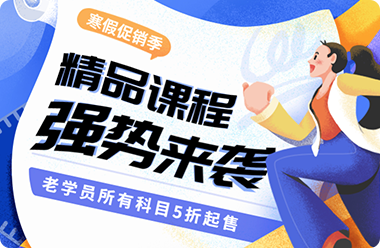Passage 2
The past thirty years have seen a dramatic transformation in Thailand's industrial structure. From a primary product producer exporter, Thailhas evolved into a major regional manufacturing force. Agriculture now accounts for less than 13 percent of economic activity while manufacturing contributes more than 26 percent.
Structural transformation is most evident in the export sector. Manufactured exports have more than doubled from around 30 percent of total exports in 1980 to over 70 percent in 1990. Textiles have supplanted rice as Thailand's major export item the nation is now a major exporter of more sophisticated products such as hard disk drivers for computers, precision micro ball bearings, integrated circuits.
The structural shifts of the Thai economy have been fueled in part by the extremely rapid growth of the economy in recent years. Following a steady 5.5 percent growth in real gross domestic product (GDP)from 1980 to 1986, the economy accelerated into double digit growth in 1988 with GDP increasing by 13.2 percent—the highest in East Asia. This was repeated in 1989 1990 with growth of 12.2 percent 10 percent respectively. The economy is expected to grow by 8-9 percent per annum in the 1990s.
A key factor in Thailand's economic success in recent years has been the stable macroeconomic environment which has greatly facilitated private sector decision making. Macroeconomic imbalances which plague many industrializing countries have been contained in Thailand.
Prudent monetary policy has led to stable prices although, as the economy entered its rapid growth phase in the late 1980s, inflation crept up to relatively high but still manageable levels of 5.4 percent in 1989 6.0 percent in 1990. Inflation is expected to reach about 6.0 percent again in 1991.
Inflows of foreign capital technology transfer have also contributed significantly to the structural transformatin. From the end of 1986, Thailbecame a favorite location for foreign firms escaping from appreciating currencies escalating labor costs at home.
Statements:
47.Rice is still Thailand's major export item now.( )
48.Sophisticated goods are goods that are consumed by clever people.( )
49.There have been large inflows of foreign capital technology transfer to Thailsince 1986, because foreign firms want to escape from appreciating currencies increasing labor costs at home.( )
50.The stable macroeconomic environment has been one of the chief factors in Thailand's economic success in recent years.
51.Thailand's inflation rate in recent years has stayed at manageable level, which attributes to government monetary stimulus.
